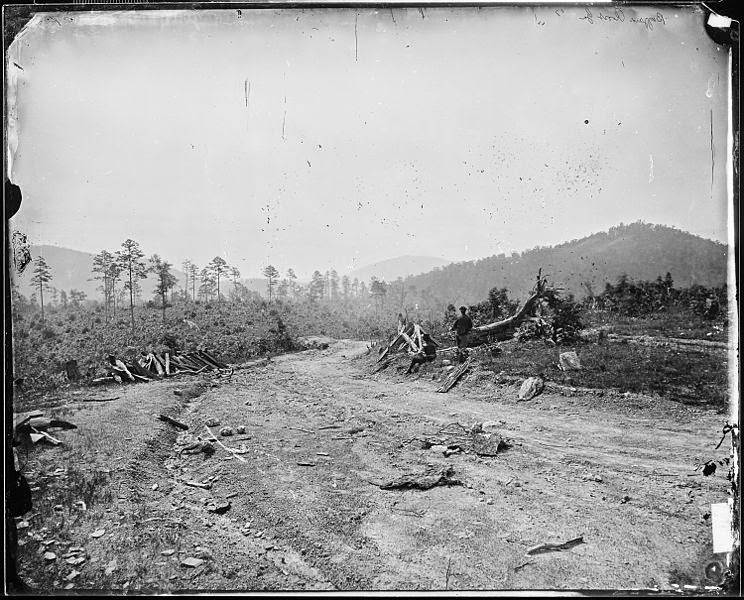Aaron was born in 1846 in Ohio. He was named after his father Aaron Battin and was one of 9 children.
He enlisted on August 4 1862 at the age of 16 in Ohio and on September 10 1862 he was assigned to 92 Infantry Regiment, Company C as a Private in the Union Army. The young men who enlisted were reported to be quick to learn, energetic, from good family names and proud. There were 949 men in the 92 regiment. Company C was stationed to garrison Gallipolis Ohio. On October 7 Company C was ordered to Point Pleasant Virginia. On October 14 they were marched to Charleston, West Virginia. January 1 1863 they moved to Colesworth, West Virginia days later they moved to Nashville, Tennessee. From June 23 to July 7 the were engaged in skirmishes in and around Tullahoma, Tennessee culminating in the Battle at Hoover's Gap, a Union Victory. In August and September they fought in the battle of Chickamauga near Chattanooga, Tennessee. This was a victory for the Confederates.
In October, "Operation Cracker Line" commenced. The goal was to free and open up Brown's Ferry on the Tennessee River and allow the passage of food, weapons, reinforcements and other supplies to flow to the interior of Tennessee for the Union Troops via the "Cracker Line". This was a well planned operation and would have gone very well if the Confederates had not noticed all the careful preparations. This left them with one choice, a surprise night attack. The noise of battle was heard by the Union Troops at Brown's Ferry and 2 divisions were sent as reinforcements. The confederates soon fell back and the Union won the day. Night battles were seldom fought during the Civil War but this one ranked as one the most significant. 572 soldiers died during the Battle for Brown's Fery.
Chattanooga - Civil War era
In November General Sherman arrived with 4 divisions and a huge Union offense began. They captured Orchard Knob, Lookout Mountain, and Missionary Ridge. Chattanooga at last belonged to the Union Army and Sherman made it his base of operations as he prepared for the Atlanta campaign. It was a Union victory with a loss of 5815 Union soldiers and 6667 Confederate soldiers.
In February 1864 in preparation for his southward assault General Sherman launched an assault on an important Confederate railroad center. He had hoped that they were disorganized and weak with the loss of several divisions from other skirmishes. He was wrong. The union withdrew back toward Vicksburg. It was a Confederate victory.
Buzzards Roost Gap 1864
The tales told of Great Grandpa Battin center around a scar on his left side. Mother does not remember the details of the scar, how it looked or how he got it or even where it is on his left side; maybe nobody does but we do know when he got it. There is a long high mountain called Rocky Face Ridge in Georgia, which General Sherman refereed to as "the doors of death" and it was in this mountain range that General Johnston entrenched his Confederate troops to protect the Western Atlantic Railroad where it passed through a place known as Buzzards Roost. General Sherman decided to test their resolve and sent in two column of troops after him, one of them being the 92 Regiment, Company C. On May 9 at Buzzards Roost, a gap in the mountains known also as Mill Creek Gap fighting broke out and it was during this battle that Private Aaron Battin II was wounded. That was in May of 1864. 11 battles and several hundred miles later we find Aaron Battin and Company C in Washington DC. It is June 19 1864 and he is being mustered out of the Army.
Aaron left Ohio in 1878 and moved to West Virginia where he began farming. He later became a lumber inspector. He died in 1933, the cause of death on the certificate says Senility. Grammy was a year old, he was 87.
Aaron Battin II is the seated gentlman
My guess is he had some tales he could tell.




No comments:
Post a Comment